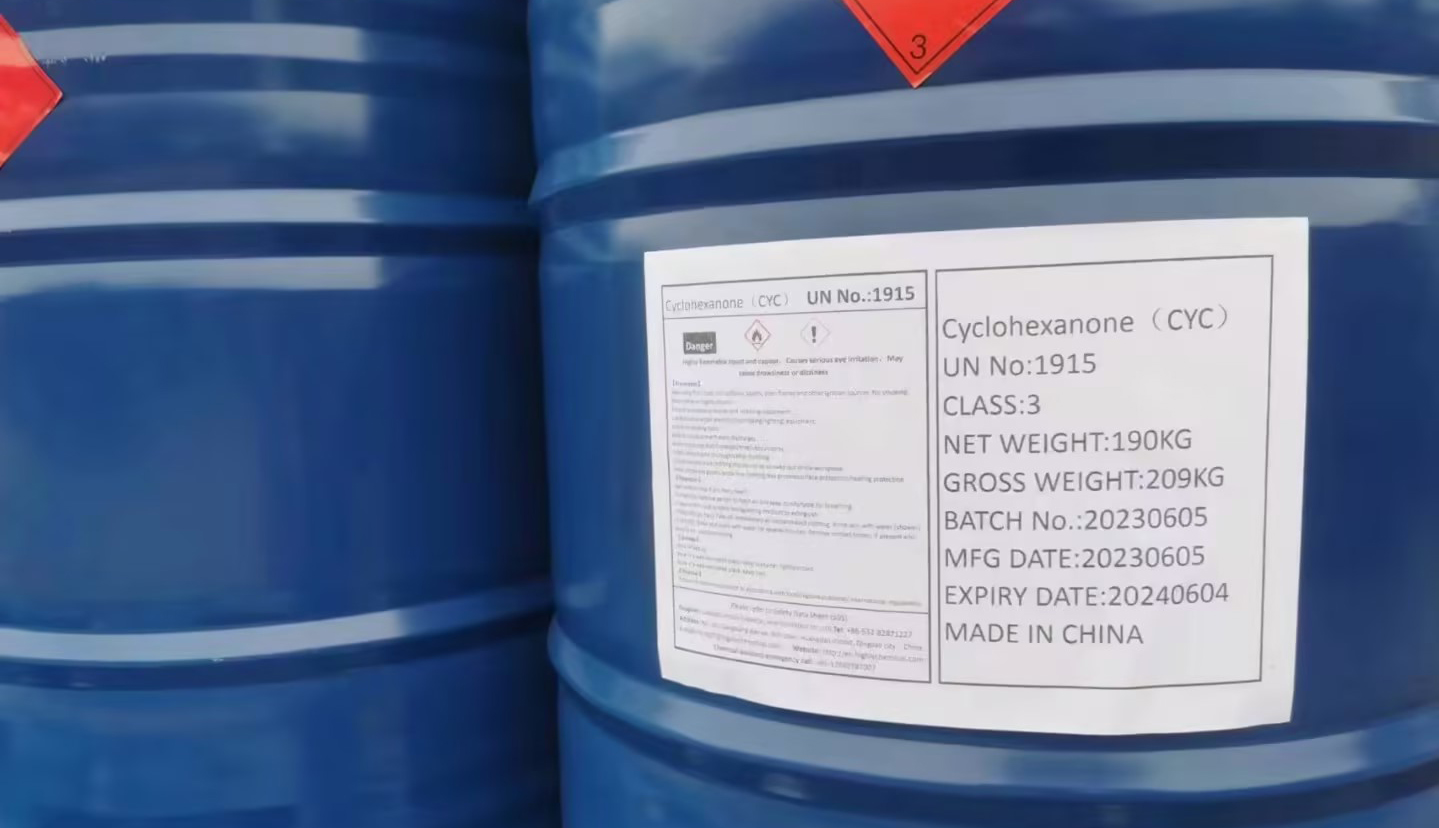Behind this price trend lies the deepening imbalance between supply and demand in the industry. Supply remains relatively ample, while demand remains elusive. Furthermore, cost support remains weak. These multiple negative factors have led to a generally bearish market sentiment and a strong wait-and-see attitude, resulting in prices reaching new lows. The market has entered a period of weakness and bottoming out, and downward pressure on prices remains significant.
Analysis of industry chain transmission: upstream and downstream resonance intensifies market pressure
Upstream cost side: Falling benzene prices weaken support
The benzene market showed a clear downward trend in October, weakening its cost-supportive effect on cyclohexanone. While benzene inventories at East China ports continued to decline, the continued decline in international crude oil prices significantly weighed on the market, and the continued weakness in futures prices further dampened confidence in the spot market. Inventory pressures in the downstream styrene and caprolactam industries increased, procurement enthusiasm weakened, and companies experienced exacerbated losses. These multiple negative factors led to a cumulative decrease in the listed price of benzene by 450 yuan/ton during the month, to a current effective price of 5,450 yuan/ton.
The continued weakness on the raw material side has directly weakened the cost support of cyclohexanone, making manufacturers lack confidence when facing downstream bargaining. They are forced to adopt a profit-making shipping strategy to maintain capital flow, which further aggravates the downward pressure on the market.
Downstream demand side: weak caprolactam market transmits pressure
In October, caprolactam and chip prices both fell to varying degrees, largely following the trends of the raw material market. The current benzene-hexyl price gap is relatively low, and caprolactam product prices have fallen to a year-to-date low. Companies face the dual dilemma of pressured production costs and difficulty effectively destocking inventory. To curb losses, some companies in northern and eastern China have implemented production cuts, attempting to curb price declines by controlling supply.
However, downstream production capacity continues to increase, and the oversupply market situation has not fundamentally improved. Actual demand in the end market remains sluggish, with buyers maintaining only rigid demand and a marked lack of interest in stockpiling. This weak demand is being transmitted to the upstream cyclohexanone market, increasing pressure to destock cyclohexanone and making it difficult to find effective demand support.
Cyclohexanone market operation characteristics: sufficient supply and weak demand
After the National Day holiday, cyclohexanone producers showed a significant increase in their intention to reduce inventory, leading to a corresponding decline in quoted prices. Although some units were shut down for maintenance before the holiday, resulting in a decrease in product volume, overall market supply remained adequate. Restocking demand in the downstream chemical fiber market was weak, and the solvent market had limited consumption capacity. Companies faced pressure to sell off their inventory, intensifying price competition within the market and leading to a continuous emergence of low-priced supplies.
During this period, some downstream units operated at reduced capacity for a short period of time, further increasing surplus cyclohexanone and further increasing short-term supply pressure, negatively impacting market sentiment. Coupled with the continued weakening of raw material benzene prices and the lack of effective cost support, cyclohexanone producers were forced to continue offering discounts, pushing prices to new lows in recent years.
Influenced by a “don’t buy on the dip” mentality, market participants generally adopted a cautious wait-and-see approach, only focusing on essential demand. Traders followed market trends, resulting in an overall weak performance and a continued downward shift in the market’s center of gravity.
Market outlook: There is still a risk of falling after short-term sideways movement
The recent sharp rise in international crude oil prices has led to a rebound in benzene prices in East China, improving market sentiment. However, from a medium- to long-term perspective, expectations for the raw material benzene market remain weak, and there are no clear signs of improvement in the fundamentals of the cyclohexanone market.
From a supply and demand perspective, the current situation of ample cyclohexanone supply and weak demand growth is unlikely to fundamentally change in the short term. The weak downstream market shows no signs of improvement, and the follow-up of end-user demand remains limited. Against this backdrop, the market’s center of gravity is expected to continue to decline after a short period of sideways consolidation.
Post time: Oct-28-2025


